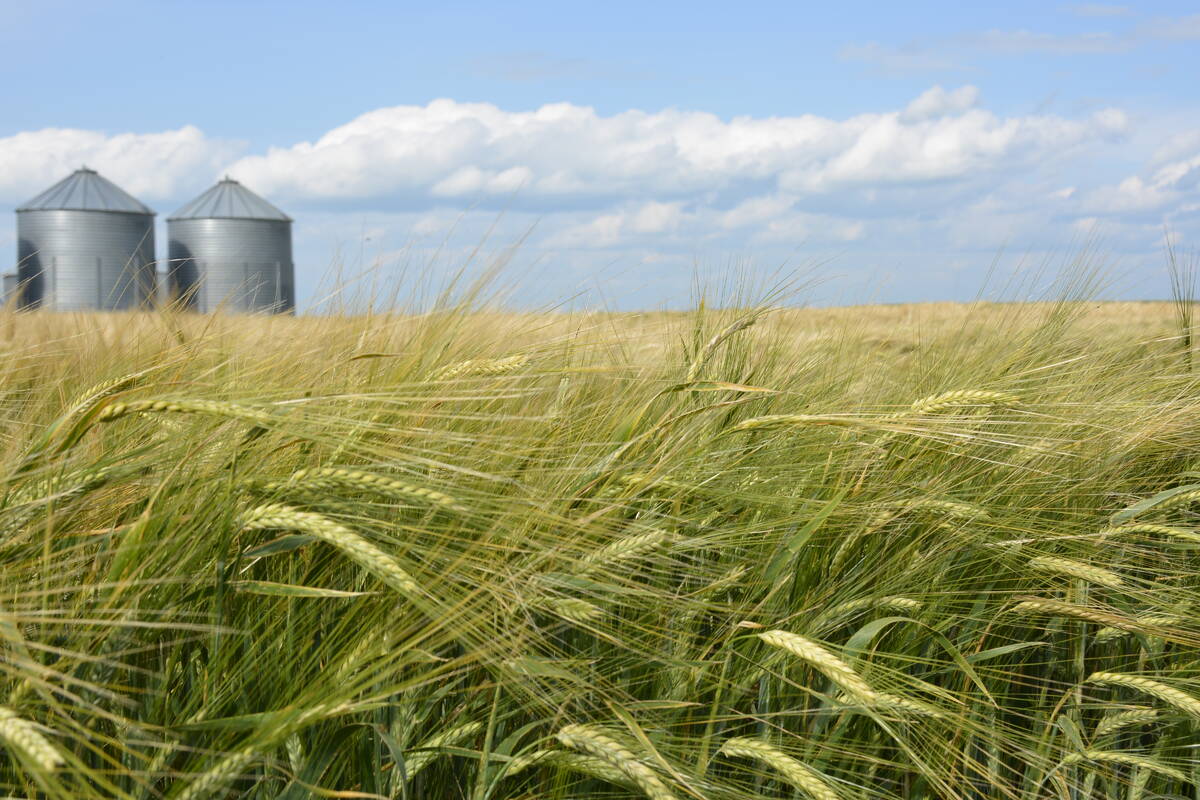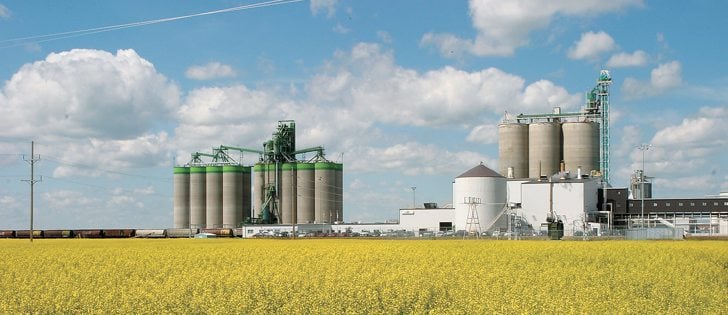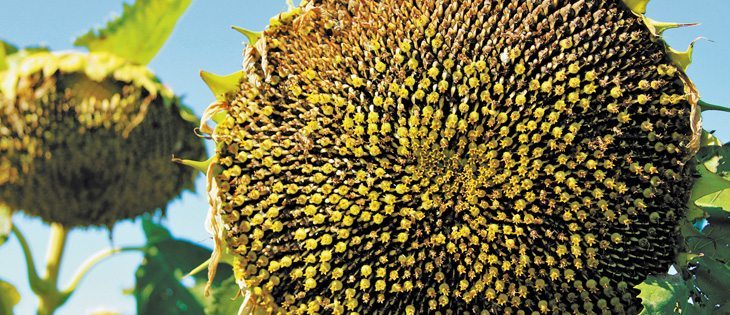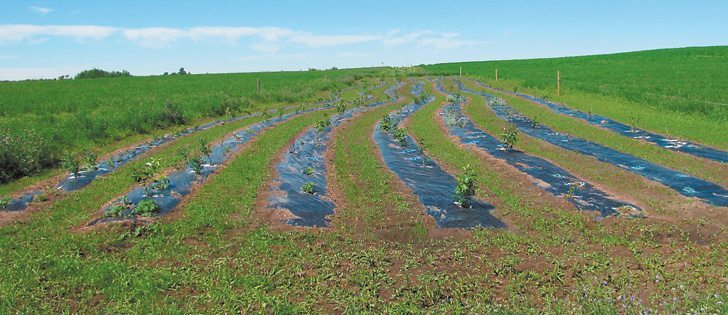Production down
The consequences of a smaller Canadian cattle herd has been reflected in beef production for 2011. Canfax estimates total production will be 2.9 billion pounds, 14 percent lower than the previous year and the smallest level since 1995.
Carcass size is the greatest difference, with a final weight of 857 lb. compared to 768 lb. in 1995. Last year, 2.93 million head were marketed compared to nearly three million 16 years ago.
Beef trade up slightly
The beef trade saw a slight improvement over last week. The Montreal market for next week’s delivery was up $1 from last week, trading at $209-$211 per hundredweight. Canadian cut-out values for the week ending Jan. 20 saw both AA and AAA trend $1.50 per cwt. lower than the previous week. Canadian fed slaughter was down three percent from last week at 43,269, and year-to-date volumes for the same time were down 13 percent
Read Also

StatCan stands by its model-based crop forecast
Statistics Canada’s model-based production estimates are under scrutiny, but agency says it is confident in the results.
U.S. processors are facing red ink and passed the losses on to retailers in the form of higher beef prices. Reduced slaughter volume occurred as plants scaled back hours, but buyers are looking for feedlot cattle so prices improved over last week.
Canadian feeder surge
Milder western weather saw bigger volumes of cattle come to town and prices surged higher by $7-$9 per cwt. over last week. Heifers were slightly lower.
Feedlots are restocking pens as fall yearlings head to market.
Steers in the 600-800 lb. range saw the greatest demand with prices up $7.50 per cwt. compared to last week. Heifers in the 500-700 lb. range traded $9-$10 higher. Demand is expected to remain steady next week, but feedlot demand moving forward could soften if overbought cattle futures continue to be liquidated.
Top-end feeder steers in the 400–500 lb. range were $175–$210 for the week ending Jan. 27, while heifers were $155–$187 per cwt. The 500–600 lb. category saw steers at $170-$195 and heifers from $147–$175 per cwt.
Steers at 600–700 lb. traded at $150-$176 with heifers at $132–$159 per cwt.
In heavier categories, steers weighing 700–800 lb. fetched $140–$162 and heifers were $137–$159 per cwt. The 800-900 lb. range were $130-$152 and heifers were $122-$140 per cwt.
Ontario prices for all classes were $10 per cwt. lower.
U.S. feeder cattle futures remain intact with March closing at $154 US per cwt. Jan. 27.
Rail grade prices stronger for fats
Canfax fed cattle averages for the week found Alberta steers were $114 Cdn per cwt. and $190.50-$191.50 on the rail. No prices were available for live heifers and rail grade quotes were the same as steers.
Ontario steers were $119-$126.44 and broke the $200 mark on the rail, selling between $200-$206 per cwt. Heifers were $116.14-$125.42 and $199-$205 for rail grade.
More than 54,325 head went through federally inspected plants for the week, with the AA grade out performing AAA. Steer slaughter outnumbered heifers at 29,727 head compared to 13,200. Carcasses averaged 825 lb.
About 11,000 cows were killed and only 238 bulls last week. D1, D2 cows were $67-$79 per cwt. with an Alberta average of $72.63. Rail grade was strong at $138-$144 per cwt. No bull prices were available.
Bred heifers were bid at $1,150-$1,275 while bred cows were $1,000-$1,490.
















